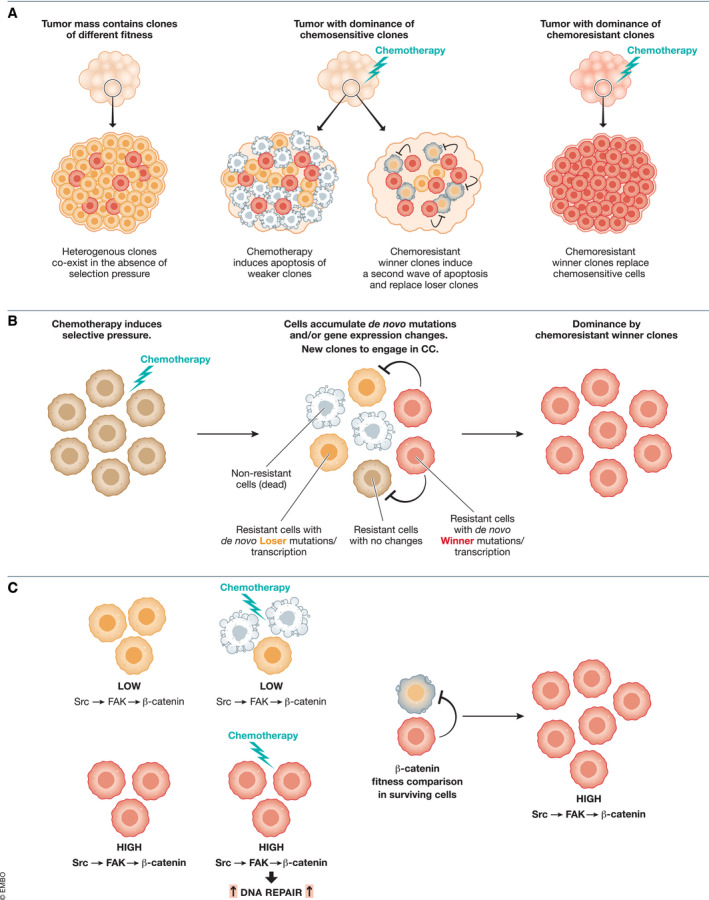Figure 3. Cell competition in resistance to chemotherapy.

(A) Tumors harbor therapy‐resistant subclones. Chemotherapy results in massive cell death, which frees space for resistant clones to grow. Resistant cells now engage in competition‐based elimination of less‐fit cells and generate a more aggressive, “superfit” tumor. (B) Chemotherapy regimens induce large‐scale mutations and gene‐expression changes that can eliminate most non‐chemotherapy‐resistant cells. However, in a small population of surviving chemotherapy‐resistant cells, de‐novo mutations and gene‐expression changes pertinent to cell competition occur as a result of chemotherapy‐induced selection pressure. These distinct populations can now engage in cell competition, and a single population is expected to be clonally dominant in the relapsed tumor. (C) An example of selection of a chemoresistant population with greater fitness. Src‐induced FAK/β‐catenin activity results in chemotherapy resistance. Upon chemotherapy, chemosensitive cells are eliminated and remaining cells may undergo cell competition based on β‐catenin activity, in which cells with higher β‐catenin activity function as winners. This ultimately would generate a tumor with strong chemotherapy resistance.
